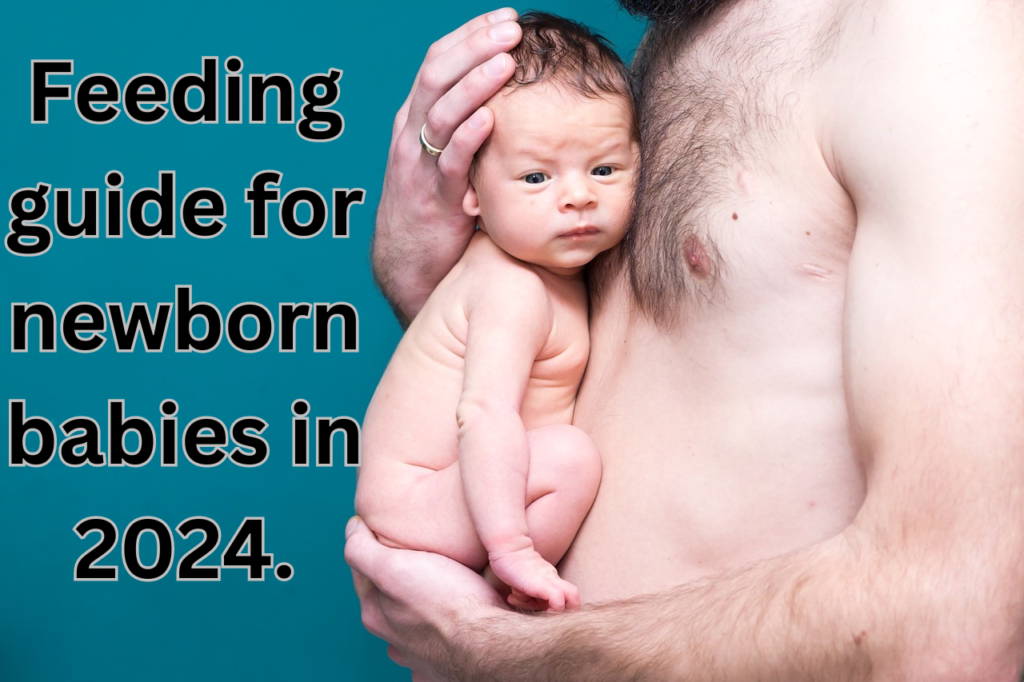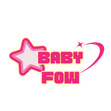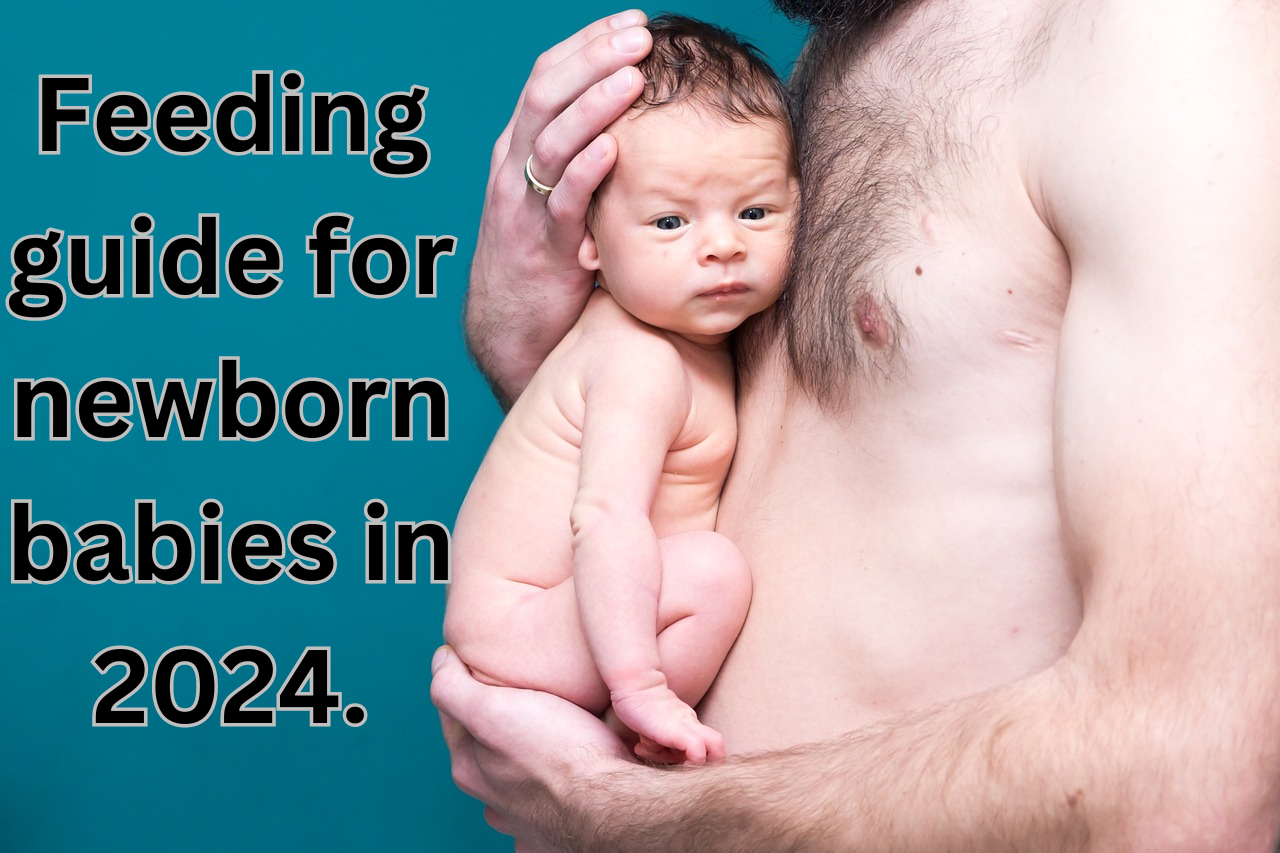The Ultimate Newborn Baby Feeding Guide: Everything You Need to Know
As a new parent, one of the most important things you’ll need to learn is how to feed your little bundle of joy. Feeding your newborn baby can seem daunting at first, but with a little knowledge and practice, you’ll soon become a pro! In this comprehensive guide, we’ll cover everything you need to know about feeding your newborn, from breastfeeding and bottle-feeding to introducing solid foods.

Table of Contents

Breastfeeding Basics
Breastfeeding is the most natural way to feed your baby, and it offers numerous benefits for both you and your little one. Here are some key things to keep in mind when breastfeeding:
- Frequency: Newborns typically need to feed every 2-3 hours, or 8-12 times per day. Follow your baby’s hunger cues and let them nurse on demand.
- Duration: Let your baby nurse for as long as they want on each breast. This ensures they get both the nutrient-rich foremilk and the calorie-dense hindmilk.
- Latch: A proper latch is crucial for successful breastfeeding. Make sure your baby’s mouth is wide open and their lips are flanged out, covering most of your areola.
- Positioning: Experiment with different breastfeeding positions to find what works best for you and your baby. Common positions include the cradle hold, cross-cradle hold, football hold, and side-lying position.
If you’re having trouble with breastfeeding, don’t hesitate to reach out to a lactation consultant or your pediatrician for help. They can offer guidance and support to ensure you and your baby have a positive breastfeeding experience.
READ MORE :
100 OF THE WEIRDEST BABY NAMES IN HISTORY.
Breastfeeding Benefits for Baby
Breastfeeding provides numerous benefits for your baby, including:
- Optimal nutrition: Breast milk contains the perfect balance of nutrients to support your baby’s growth and development.
- Immune system support: Breast milk contains antibodies that help protect your baby from infections and illnesses.
- Digestive benefits: Breast milk is easily digestible and can help reduce the risk of gastrointestinal issues like constipation and diarrhea.
- Long-term health benefits: Breastfed babies have a lower risk of obesity, type 2 diabetes, and certain childhood cancers later in life.
Breastfeeding Benefits for Mom
Breastfeeding isn’t just good for your baby – it offers benefits for you, too! These include:
- Postpartum recovery: Breastfeeding stimulates the release of oxytocin, which helps your uterus contract and return to its pre-pregnancy size.
- Weight loss: Breastfeeding can help you burn extra calories and lose pregnancy weight more quickly.
- Reduced risk of certain cancers: Breastfeeding has been shown to reduce the risk of breast and ovarian cancer.
- Bonding with your baby: Breastfeeding provides a special opportunity to bond with your baby and enjoy skin-to-skin contact.
Bottle-Feeding Basics

Whether you’re exclusively bottle-feeding or supplementing with formula, it’s important to know the ins and outs of bottle-feeding. Here are some tips to keep in mind:
- Formula preparation: Always follow the instructions on the formula packaging carefully. Use clean, sterilized bottles and nipples, and measure the powder and water accurately.
- Warming: Warm the formula or expressed breast milk to body temperature by placing the bottle in a bowl of warm water. Never microwave bottles, as this can create hot spots that can burn your baby’s mouth.
- Feeding position: Hold your baby in a semi-upright position, supporting their head and neck. Tilt the bottle so that the nipple and neck are always filled with milk to prevent your baby from swallowing air.
- Paced feeding: Mimic the natural flow of breastfeeding by using a slow-flow nipple and taking breaks during the feeding to burp your baby and allow them to rest.
Remember, both breastfed and bottle-fed babies can thrive and grow up healthy and happy. The most important thing is to respond to your baby’s hunger cues and provide them with the nourishment they need.
Choosing the Right Formula
If you’re formula-feeding your baby, it’s important to choose a formula that meets their needs. Here are some things to consider:
- Type of formula: There are three main types of formula: cow’s milk-based, soy-based, and specialized formulas for babies with specific dietary needs.
- Form of formula: Formula comes in three forms: powdered, concentrated liquid, and ready-to-feed. Powdered formula is the most economical, while ready-to-feed is the most convenient.
- Ingredients: Look for a formula that contains the essential nutrients your baby needs, such as protein, carbohydrates, fats, vitamins, and minerals.
- Brand reputation: Choose a reputable brand that has a history of producing high-quality, safe infant formula.
If you’re unsure which formula is right for your baby, consult with your pediatrician for guidance.
Bottle-Feeding Tips and Tricks
Here are some additional tips and tricks to make bottle-feeding easier and more enjoyable for both you and your baby:

- Invest in good bottles: Choose bottles with anti-colic features, such as venting systems or angled designs, to help reduce gas and spit-up.
- Prepare bottles in advance: Pre-measure and store formula powder in containers, or prepare bottles ahead of time and store them in the refrigerator for up to 24 hours.
- Use a bottle warmer: A bottle warmer can quickly and evenly heat bottles to the perfect temperature, making late-night feedings a breeze.
- Burp your baby often: Burp your baby after every 2-3 ounces of formula, or more frequently if they seem fussy or gassy.
- Clean bottles thoroughly: Wash bottles, nipples, and other feeding equipment in hot, soapy water after each use, and sterilize them regularly to prevent bacterial growth.
Introducing Solid Foods
Around 6 months of age, your baby will be ready to start exploring solid foods. Here’s what you need to know about introducing solids:
- Signs of readiness: Look for signs that your baby is ready for solids, such as sitting up with minimal support, good head control, and showing interest in food.
- First foods: Start with single-ingredient purees, such as rice cereal, pureed vegetables, and fruits. Gradually introduce new foods one at a time, waiting a few days between each new food to watch for any allergic reactions.
- Texture progression: As your baby becomes more comfortable with eating, gradually increase the texture of their foods from smooth purees to mashed and lumpy foods, and eventually to finger foods.
- Feeding schedule: Continue to offer breast milk or formula as your baby’s main source of nutrition, and introduce solids as complementary foods. Aim for 2-3 solid meals per day by the time your baby is 9 months old.
| Age (months) | Feeding Recommendations |
|---|---|
| 0-6 | Breast milk or formula on demand |
| 6-8 | Introduce single-ingredient purees, 2-3 times per day |
| 8-10 | Offer mashed and lumpy foods, 3 times per day |
| 10-12 | Encourage self-feeding with finger foods, 3 meals + 2 snacks per day |

Remember, every baby is different and will progress at their own pace. Trust your instincts and follow your baby’s lead when it comes to feeding.
Choosing the Right Foods
When introducing solid foods, it’s important to choose nutrient-dense options that will support your baby’s growth and development. Some great first foods include:
- Iron-fortified single-grain cereals: Rice, oat, or barley cereal mixed with breast milk or formula can be a good starting point.
- Pureed vegetables: Sweet potatoes, carrots, squash, and green beans are all nutrient-rich options.
- Pureed fruits: Apples, pears, bananas, and peaches are easy to puree and offer a variety of flavors and textures.
- Pureed meats: Chicken, turkey, and beef can be pureed and offer important nutrients like iron and zinc.
As your baby grows and develops, you can start offering a wider variety of foods, including:
- Soft-cooked vegetables: Steamed or roasted vegetables cut into small, soft pieces.
- Soft fruits: Ripe bananas, avocados, and peaches cut into small pieces.
- Finger foods: Soft, dissolvable foods like puffs, teething biscuits, and small pieces of soft fruits and vegetables.
- Dairy: Whole milk yogurt and cottage cheese can be introduced around 8-10 months of age.
Remember to avoid foods that pose a choking hazard, such as whole grapes, nuts, and hard candies, and always supervise your baby during mealtimes.
Baby-Led Weaning
Baby-led weaning (BLW) is an alternative approach to introducing solid foods that involves skipping purees and allowing your baby to self-feed with soft, finger-sized pieces of food. Some benefits of BLW include:
- Improved hand-eye coordination: BLW allows babies to practice their fine motor skills and hand-eye coordination as they pick up and bring food to their mouths.
- Exposure to a variety of textures: BLW exposes babies to a range of textures from the start, which may help prevent picky eating later on.
- Greater control over intake: With BLW, babies are in control of how much they eat, which can help them develop better self-regulation skills.
If you’re interested in trying BLW, be sure to discuss it with your pediatrician first and follow safe feeding practices, such as always supervising your baby during mealtimes and avoiding choking hazards.
Feeding Challenges and Solutions
While feeding your newborn can be a joyful experience, it’s not uncommon to face some challenges along the way. Here are some common feeding challenges and solutions:

- Breastfeeding pain: If you experience pain while breastfeeding, check your baby’s latch and try different positions. Apply lanolin cream to soothe sore nipples, and consider seeing a lactation consultant for additional support.
- Low milk supply: If you’re concerned about your milk supply, nurse frequently and offer both breasts at each feeding. Stay hydrated, eat a balanced diet, and consider pumping after feedings to stimulate milk production.
- Bottle refusal: If your baby refuses the bottle, try different nipple shapes and flows, and have someone other than the breastfeeding parent offer the bottle. You can also try paced bottle feeding to mimic the natural flow of breastfeeding.
- Food allergies: If you suspect your baby has a food allergy, stop offering the suspected food and consult with your pediatrician. They may recommend an elimination diet or allergy testing to identify the culprit.
- Picky eating: If your baby becomes a picky eater, continue to offer a variety of foods and textures, and model healthy eating habits. Avoid pressuring your baby to eat, and trust that they will consume enough to meet their needs.
Remember, every feeding challenge is an opportunity to learn and grow as a parent. With patience, persistence, and support from your pediatrician and other experts, you can overcome any obstacle and ensure your baby gets the nourishment they need.
Conclusion
Feeding your newborn baby is an incredible opportunity to bond with your little one and provide them with the nourishment they need to grow and thrive. Whether you choose to breastfeed, bottle-feed, or a combination of both, the most important thing is to respond to your baby’s hunger cues and enjoy the special moments you share during feeding times. As your baby grows and develops, their feeding needs will change, and you’ll need to adapt accordingly. By staying informed and seeking support when needed, you’ll be well-equipped to navigate the exciting journey of feeding your newborn baby.
#newbornfeeding #babyfeedingguide #breastfeedingbasics #bottlefeedingbasics #introducingsolids #feedingtips #newborncare #babycare #parenting









Pingback: When Do You Start Showing In Pregnancy In 2024. - Babyfow.com
I don’t think the title of your article matches the content lol. Just kidding, mainly because I had some doubts after reading the article.
Thank you for your sharing. I am worried that I lack creative ideas. It is your article that makes me full of hope. Thank you. But, I have a question, can you help me?
Your article helped me a lot, is there any more related content? Thanks!
Your point of view caught my eye and was very interesting. Thanks. I have a question for you.
Thank you for your sharing. I am worried that I lack creative ideas. It is your article that makes me full of hope. Thank you. But, I have a question, can you help me?
You’ve done an impressive work on your website in covering the topic. I am working on content about Airport Transfer and thought you might like to check out QN7 and let me what you think.